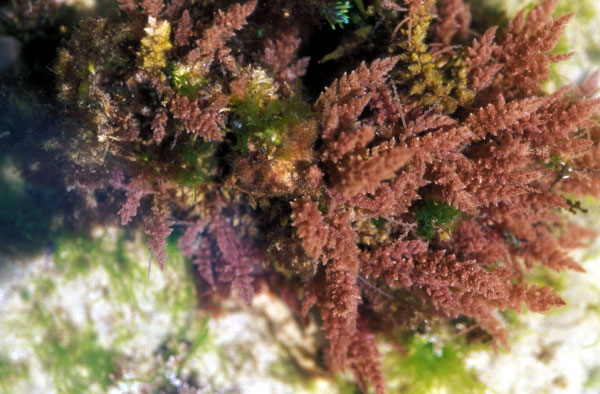Comparing the primary energy and phosphorus consumption of soybean and seaweed-based aquafeed proteins - A material and substance flow analysis
This study compares the environmental performances of two protein sources for aquafeed production: Brazilian soy protein and Norwegian seaweed protein concentrates. The efficiency and sustainability of these two production systems are assessed using a comparative material and substance flow analysis accounting for the transfers of primary energy and phosphorus. The primary energy and phosphorus demand of 1 t of soy protein concentrate is compared to 2 t seaweed protein concentrate to assess commodities with similar protein contents. The primary energy consumption of the latter protein source (172,133 MJ) is found 11.68 times larger than for the soy-based concentrate (14,733 MJ). However, the seaweed protein energy requirement can be reduced to 34,010 MJ if secondary heat from a local waste incineration plant is used to dry the biomass during the late-spring harvest. The seaweed system out- performed the soy system regarding mineral phosphorus consumption since 1 t of soy protein requires 25.75 kg mineral phosphorus while 2 t of seaweed protein require as little as 0.008 kg input. These results indicate that substituting soy protein with seaweed protein in aquafeed leads to an environmental trade- off. The seaweed value chain produces proteins with near zero mineral phosphorus consumption by using naturally occurring marine phosphorus while the soy value-chain produces proteins for roughly 1/ 12th of the primary energy required by seaweed. Based on the current production technology, the seaweed value-chain will require extensive innovation and economies of scale to become energy competitive. Further research should investigate the predictive environmental impacts of a fully developed seaweed protein concentrate value-chain and account for the background emissions and multi-functionality in each system.



